
The amplifier section of the Beam 3 Plus is surprisingly capable of pushing all of the gears I threw at it. With the 32-ohm TinHifi T2 Plus IEM, setting the dongle to its lowest gain required it to be at 35% volume for normal listening level. For full-size headphones, I tried the low impedance Focal Clear MG and reached 60% in low gain. Stretching the Beam 3 Plus a bit, 50% volume is where I landed with the Audio Technica ATH-ADX5000 while listening in mid gain.
Seeing the same Beam 3 initial in both units is interesting as Hilidac can play it safe by differentiating the two only in features or also in sound. Close in presentation, but the bass is noticeably lacking in texture when compared to the airier capability of the Beam 3 Plus. It has a less prominent placement which is harder to isolate when images combine rather than properly disperse. It has a less sweet and fetching midrange but is more forward sounding. And like the Beam 3 plus, it generates pleasant female vocals with a characteristically strong effect with decent amounts of air. Metal drums are more metallic on the Beam 3 Pro while retaining the same amount of detail and emphasis. While less accurate in placement and stage, it has a similar height as the Beam 3 plus.On faster attacks, the bass of the 5K is as incisive as the Beam 3 Plus. But, recreating the deep and slow bellowing of horns, the 5K loses the original timbre of the instrument with clumsier detail retrieval and lack of room. Singers are depicted in a neutral and less emphasized manner performing further back in the mix. There is more power and subtleties with cello on the Beam 3 plus sounding sweeter.
Although horns are generally more shouty when performing higher notes, playing saxophone can still be flowing and not piercing. With a difference in tonality, the 5K is less metallic and shimmery and has a more smoothed out microdetails.
--------------- Click here for detailed post ---------------






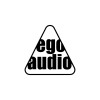



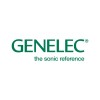

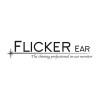
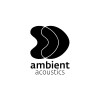




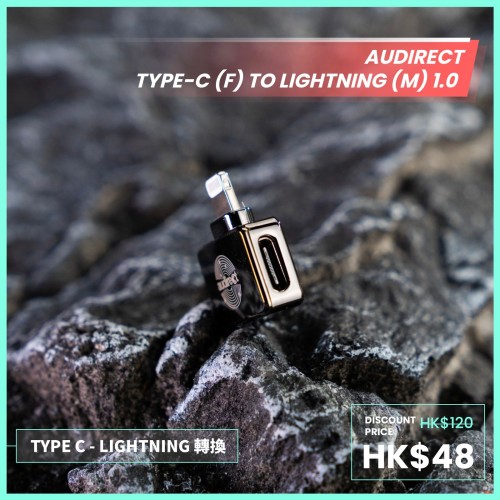
-500x500w.jpeg)







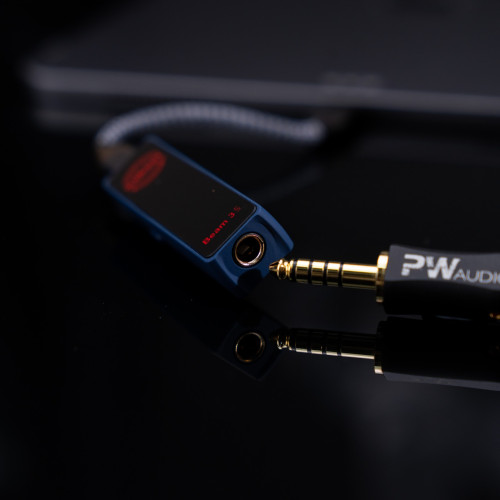
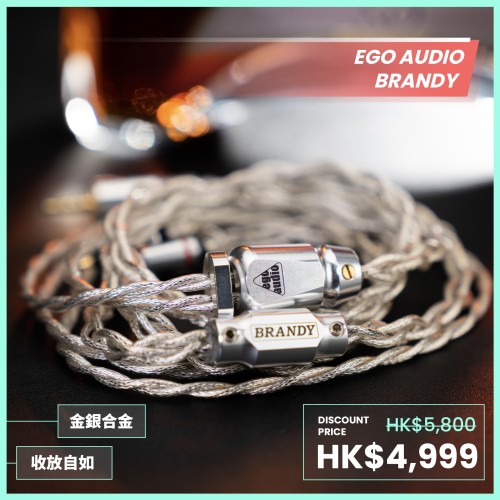



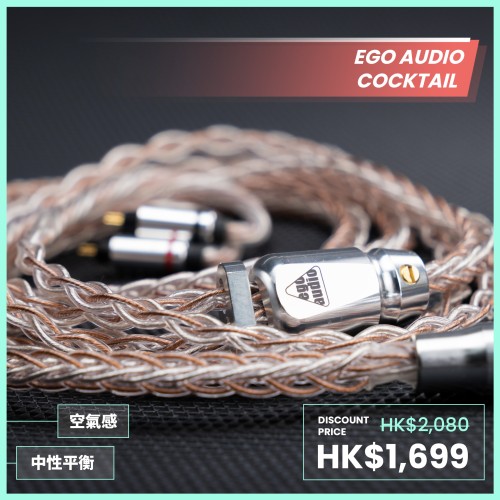

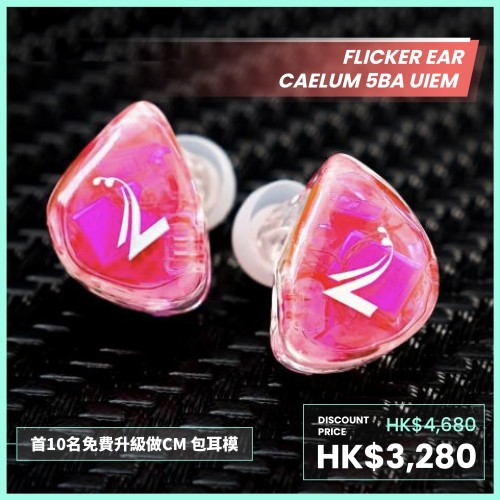

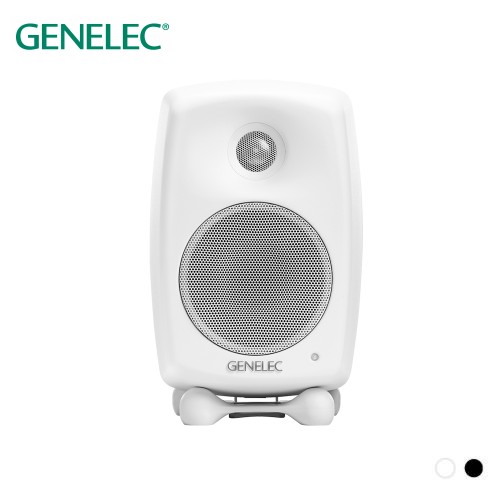
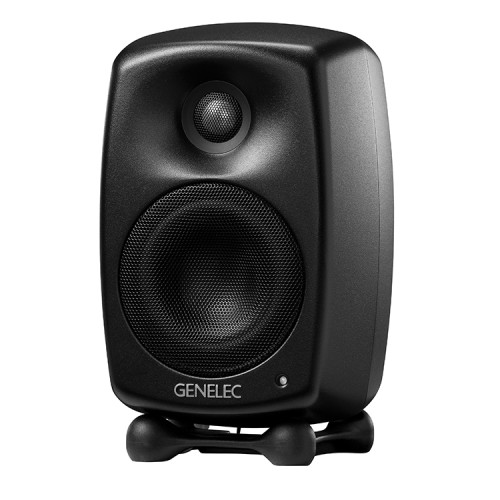
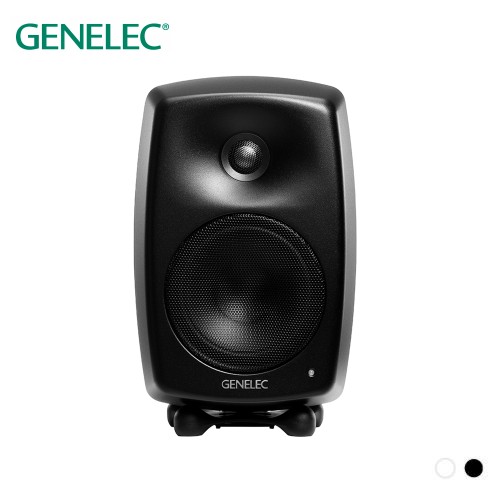
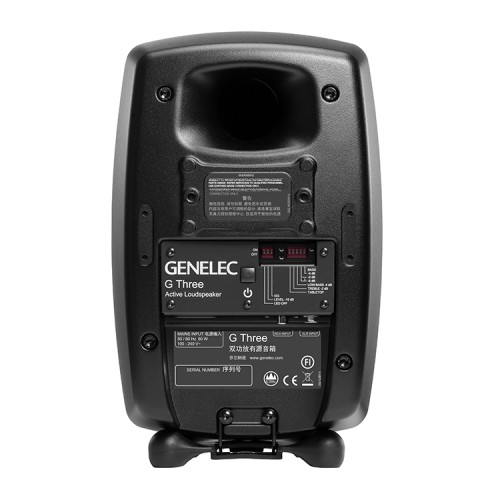
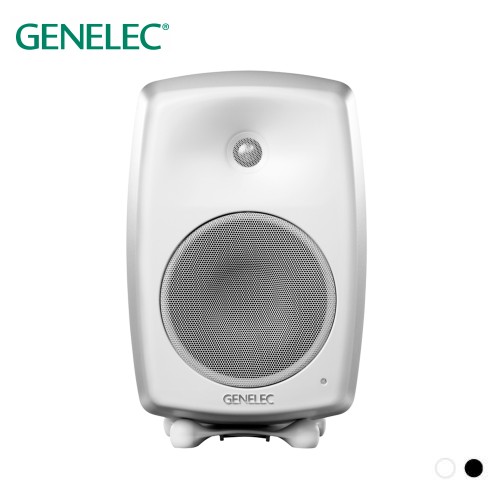
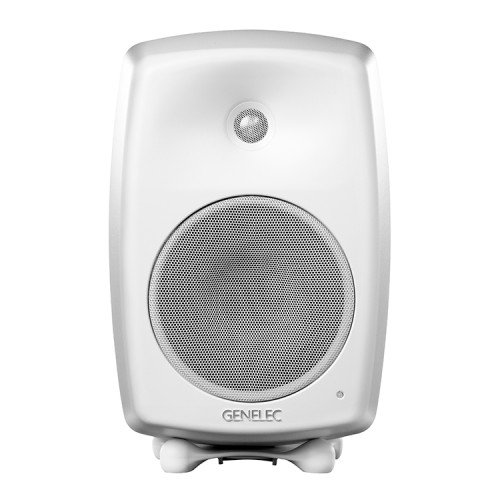
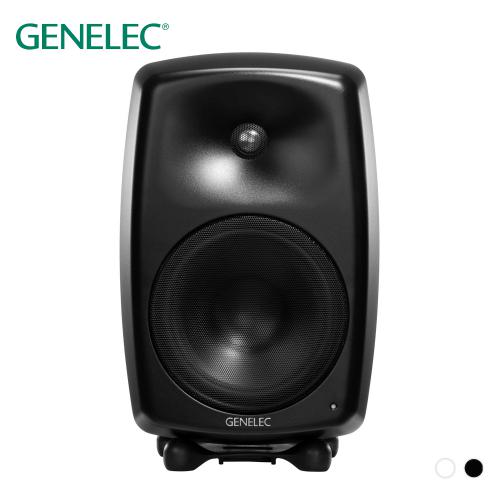
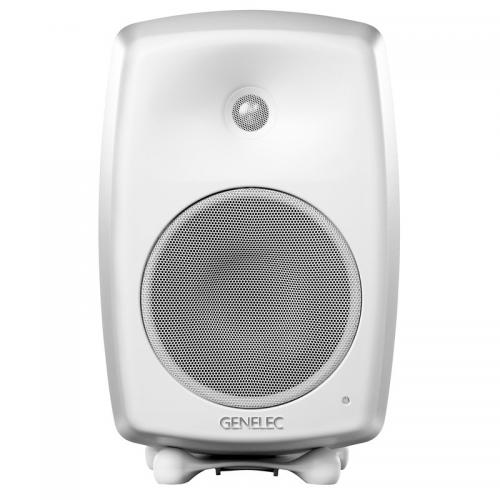



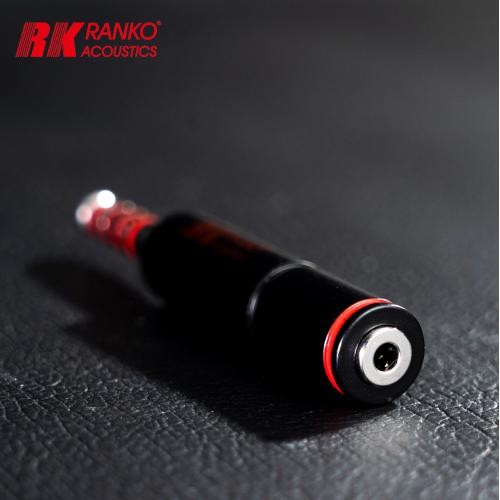



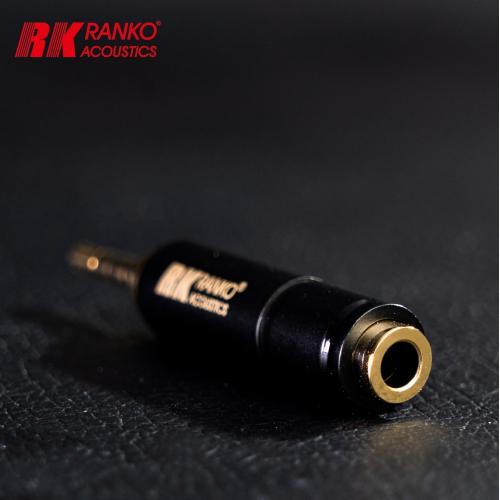




Leave a Comment